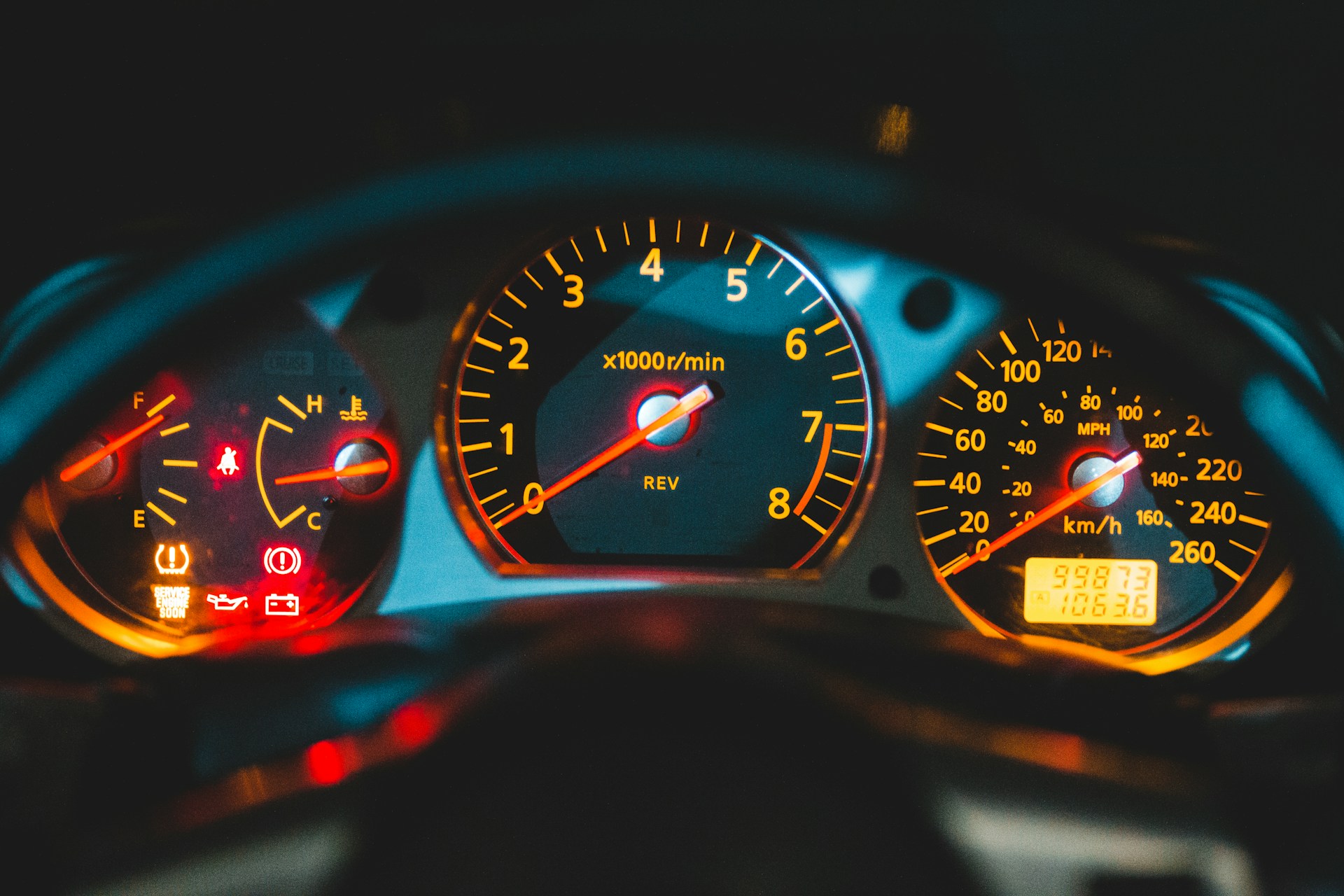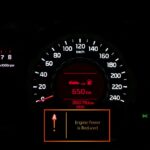What Does a Flashing Check Engine Light Mean?

The check engine light, that small yet ominous glowing indicator on your dashboard, can strike fear and confusion into the hearts of many drivers. It’s like a silent sentinel, keeping watch over your vehicle’s health. But what happens when it starts flashing? Is it just a minor hiccup, or is there something more serious going on under the hood? Let’s delve into the world of automotive diagnostics and uncover the truth behind the flashing check engine light.
Understanding the Check Engine Light
Before we decipher the significance of a flashing check engine light, it’s essential to grasp the basics of this enigmatic warning signal. The check engine light, often represented by an image of an engine or simply labeled “check engine,” is part of your vehicle’s onboard diagnostics system (OBD). It monitors various components of your car’s engine, emissions system, and other crucial systems.
When the onboard computer detects a problem, it triggers the check engine light to illuminate. This could be anything from a loose gas cap to a malfunctioning sensor or a more serious issue with the engine itself. The purpose of the check engine light is to alert the driver that something requires attention, prompting them to seek professional assistance to diagnose and rectify the problem.
The Mystery of the Flashing Light
While a steady illuminated check engine light is cause for concern, a flashing check engine light takes the urgency to a whole new level. Unlike its steady counterpart, a flashing check engine light indicates a severe problem that requires immediate attention. Ignoring it could lead to further damage to your vehicle or even pose a safety risk.
So, what exactly does a flashing check engine light signify? Here are some common scenarios.
- Misfire: One of the most frequent causes of a flashing check engine light is an engine misfire. This occurs when the fuel-air mixture ignites improperly or fails to ignite at all, resulting in a loss of power and potential damage to the catalytic converter. Ignition system issues, such as faulty spark plugs, ignition coils, or fuel injectors, often trigger misfires.
- Catalytic Converter Damage: A flashing check engine light can also indicate a problem with the catalytic converter. This vital component of the exhaust system helps reduce harmful emissions by converting toxic gases into less harmful substances. However, if left unchecked, issues such as overheating, contamination, or physical damage to the catalytic converter can lead to costly repairs and increased emissions.
- Oxygen Sensor Failure: Oxygen sensors play a crucial role in monitoring the oxygen levels in the exhaust gases and adjusting the fuel-air mixture accordingly. A malfunctioning oxygen sensor can disrupt this delicate balance, resulting in poor fuel economy, increased emissions, and potential damage to other engine components.
- Engine Misalignment: In some cases, a flashing check engine light may indicate a more serious mechanical issue, such as engine misalignment or timing belt failure. These problems can cause significant damage to the engine if not addressed promptly, potentially leading to a breakdown or even engine failure.
- Other Issues: While the above scenarios are among the most common causes of a flashing check engine light, it’s essential to remember that there are numerous other potential culprits. These could include problems with the fuel system, exhaust system, emissions control system, or even the onboard computer itself.
The Importance of Prompt Action
When faced with a flashing check engine light, it’s crucial not to ignore it or simply hope it goes away on its own. Doing so could exacerbate the problem and result in costly repairs down the line. Instead, take the following steps:
- Safely pull over: If you’re driving when the check engine light starts flashing, try to safely pull over to the side of the road as soon as possible. Continuing to drive with a flashing check engine light could cause further damage to your vehicle.
- Check for obvious issues: While you’re pulled over, take a moment to inspect your vehicle for any obvious signs of trouble, such as smoke, strange smells, or unusual noises. However, avoid attempting any DIY repairs unless you’re confident in your abilities and have the necessary tools and knowledge.
- Call for assistance: If you’re unable to identify the problem or if it’s beyond your ability to fix, call for roadside assistance or a tow truck to have your vehicle transported to a qualified mechanic or dealership for diagnosis and repairs.
- Don’t delay repairs: Once the source of the problem has been identified, don’t delay in having it repaired. Ignoring a flashing check engine light can lead to further damage and increased repair costs down the line.
Final Thoughts
In the world of automotive diagnostics, a flashing check engine light is not to be taken lightly. It’s a warning sign that demands immediate attention and action. Whether it’s a simple misfire or a more serious mechanical issue, ignoring the problem could have dire consequences for your vehicle’s health and your safety on the road. So, the next time that ominous light starts flashing on your dashboard, heed its warning and take the necessary steps to address the underlying issue promptly. Your car—and y










